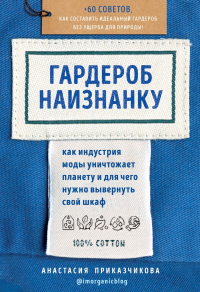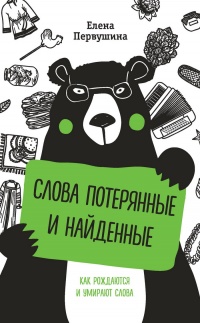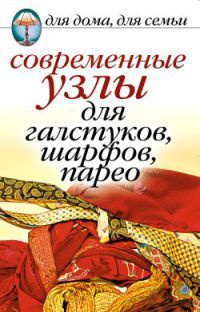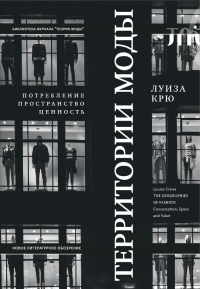Книга Жертвы моды. Опасная одежда прошлого и наших дней - Элисон Мэтьюс Дейвид
Читать книгу Жертвы моды. Опасная одежда прошлого и наших дней - Элисон Мэтьюс Дейвид полностью.
Шрифт:
-
+
Интервал:
-
+
Закладка:
Сделать
Перейти на страницу:
Перейти на страницу:
Книги схожие с книгой «Жертвы моды. Опасная одежда прошлого и наших дней - Элисон Мэтьюс Дейвид» от автора - Элисон Мэтьюс Дейвид:
Комментарии и отзывы (0) к книге "Жертвы моды. Опасная одежда прошлого и наших дней - Элисон Мэтьюс Дейвид"












